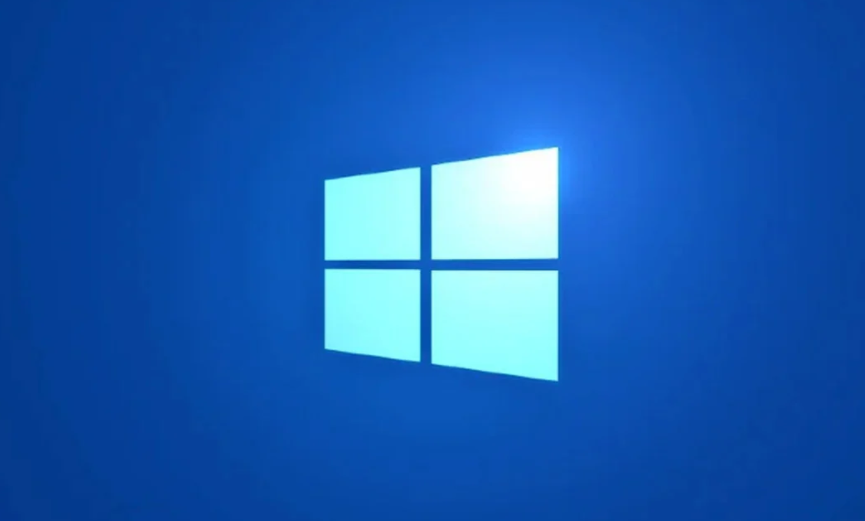
Have you guys ever wondered if you can delete the system folders in Windows such as the System32 folder? I’ve always wondered when tried to do this. However, the results were disastrous. Your system will then become unstable, and you guys cannot do anything, and the only way in order to restore is just to reinstall the system. In this article, we are going to talk about How to Delete System32 Windows C Drive Files. Let’s begin!
If you guys learn to delete the system32 folder, then you can apply the same methods. In order to delete folders like “Windows.Old” and its content as well. That will be created if you reinstall the system without even formatting the existing windows installation.
The system32 folder is now located under C:\Windows\. It actually contains important files and executables required in order to run the Windows OS. If removed or deleted, then your system will crash and will not recover at all.
Contents
How to Delete System32 Windows C Drive Files
You guys cannot easily delete the system32 folder or its content. You guys would delete any other of your personal files as well as a folder. Since the folder “System32” and also its content are created whenever installing Windows OS via the Trusted installer.
No! You guys should not delete the folder, and we won’t really recommend or encourage you in any way to delete the folder as well as its content. Windows as an Operating system basically depends on the System32 folder and its content to function correctly.
TakeOwn (Take ownership command)
- First cd to the C:\Windows directory via the cd command.
cd C:\Windows
- Now just take ownership of the folder system32 and all its contents via the takeown command.
takeown /F System32 /R
- Now here in the above command, /F denotes that we’re specifying the folder after that, and /R will also apply the action to all of its subfolders and files. If you guys are using this command on a single file, you don’t really have to specify /R.
- Click on enter, and you should have taken ownership of the system32 folder and files as well.
- At last, you guys can pass on the del command to the file or folder you want to delete and delete it.
del delete/deletefile.txt
- Or you can also remove the entire directory using :
rmdir delete
Via DEL Command in the Command Prompt (CMD)
DEL command can actually be used to delete files from any folder in the windows command prompt. So let’s now see how you can use the del command in order to delete any file within System 32 folder.
- You have to open Command prompt or PowerShell as admin. That is shortcut Win key+X, A.
- Now you can also change the working directory into the System32 folder via typing in the following command:
cd C:\Windows\System32
- If you guys know the name of the file that you want to delete, type in “del” followed via the filename. For instance, if I want to delete the file along with the name “deletefile.txt,” I would really type:
del deletefile.txt
- Hitting enter will basically remove the file from the folder.
So, in the example, I delete a file “deletefile.txt” inside the C:\Windows\System32\delete folder, which I already created. However, you can manipulate this command to delete any file you have to delete in any folder. Just CD into that folder and perform the del command on it as well.
Take Ownership from the Explorer Properties Tab
The same can also be accomplished using the Windows File explorer if you guys are not comfortable using the command line.
- You have to open File Explorer via pressing the Windows key and E at the same time.
- Now navigate to C:\Windows\ (you can copy-paste this text into the explorer’s address bar in order to open this quickly).
- Now right tap on the System32 folder and then tap on Properties.
- Click on Advanced, and from the pop-up, then just tap on the change.
- Again, another pop-up opens where you guys have to type in your account’s user name and click on enter.
- Now just put a tick mark on “Replace owner on sub-containers and objects” then tap on Apply.
- At last, close all open properties tabs.
When you perform the above operation, then you should’ve taken ownership of the folder and its contents. Now, let’s just change the permissions for your account as well.
Change Permission to Full Control for your Account | Delete System32
Now when you acquire the ownership, then it’s time to take full control of the files. You can do this through following these steps:
- First of all, right-click on the system32 folder and tap on Properties.
- Now tap on Security and click on Edit in order to edit the properties.
- Next, tap on Add and add your Username to the list and click on enter.
- At last, highlight your Username from the list, just tap on Full Control, and press Apply.
If you do this, you should then have complete control of the files and folders. Now you guys can right-click on the folder and delete it without even an error message or prompt.
Conclusion
Alright, That was all Folks! I hope you guys like this article and also find it helpful to you. Give us your feedback on it. Also if you guys have further queries and issues related to this article. Then let us know in the comments section below. We will get back to you shortly.
Have a Great Day!
Also See: Is Whatsapp Online Status Accurate






